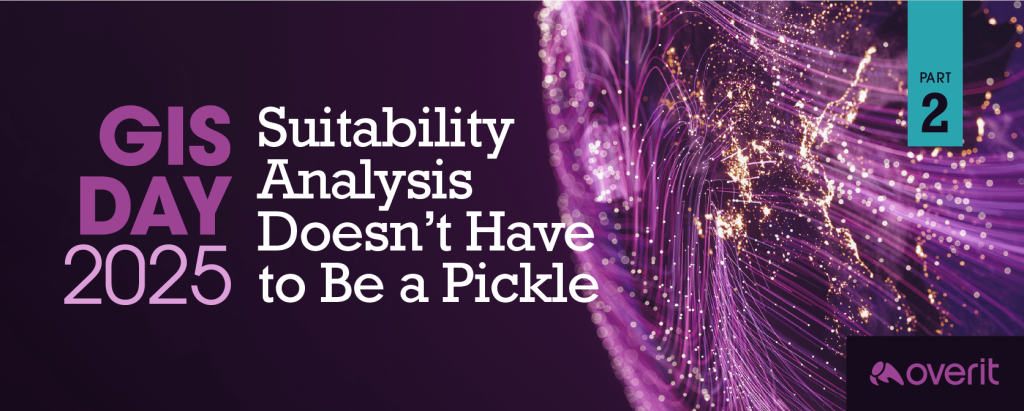Your customers are people.
You know that, right?
Do your brand’s marketing efforts show that you know they are?
At this year’s Demand Success conference hosted by Vocus, Lisa Gerber led off her session “The New SEO of Content Marketing” with a story about her ailing dog Jackson and her need to find him medical help.
She found the answers she needed online, thanks to a search that led to the Seattle Post-Intelligencer story “An ailing pup’s owner goes the distance to get help.” Published in 2003, the story identified Washington State University’s College of Veterinary Medicine as a place Lisa would be able to seek treatment for her dog.
She did, and Jackson recovered.
While her story focused on a news article, her larger point was simple: Online content is being seen and searched for by “real people with real problems.” If you provide what people are looking for, your content will be seen.
That point, and the underlying need to understand people’s problems and desires, was heard countless times throughout the Demand Success conference. Whether your focus is on public relations, search, social, content or otherwise (or all of them combined), it was made clear that people want to work with people… more than they want to work with companies.

“Being able to listen as much as to talk is key.”
– Arianna Huffington
Arianna’s brilliant opening keynote – “The Brave New World of ‘Social Media'” – reminded us that the marketing industry has changed significantly in the last few years from monologues and in-your-face advertising to two-way conversations. “You cannot hide behind a press release or perfect 30-second ad and disappear. You have to be willing to be in the arena.”
Be in the arena. I loved that. With the online community as vocal and easily heard as it is now, in good times and in bad times, we have to engage with our audiences. Whether someone reaches out with a positive review or a complaint, we have to be responsive. We are expected to respond.
In all of our communication and our content, we must put the focus on what people need and what they will participate in. Then we can create what people will love.
“We’re in the midst of a modern believability crisis. You have to get people to like you.”
– Rohit Bhargava
Rohit knows that people want to build relationships with people and companies we like. If you intend to build a customer base supported by repeat customers, you must be deemed trustworthy by these buyers. Don’t sugarcoat. Tell the truth, even if the truth is that you’re “The Worst Hotel in the World.”
There’s less tolerance today for self-promotional ad copy and jargon. You might have a splashy product that’s the most innovative (or other buzzword) product out there. If there’s no likeability to your brand, no one will notice. No one will share your product or your story. And you will fail.
Speaking of likeability, Jay Rosen’s social media tips in “Digital Journalism in Flux” hit this mark as well.
Have you humanized your brand?
As marketers, we talk about it all the time.
This is why we discuss what to do about scheduled tweets in times of tragedy. Does your automated tweet need to be seen by your audience you know is captivated by breaking, sometimes devastating, news?
And the worst unsubscribe pages ever. Are you providing your audience – fans and critics – with positive experiences?
And why we talk about strategy across all of our efforts. In “10 Steps to Content Marketing Success” (slide show from similar presentation below) Joe Pulizzi asked us to ask ourselves, “What is the outcome? What do you want people to take away from your content?” He knows that all too often we forget to determine those goals before we begin our work as marketers.
We came away from Demand Success knowing that people are using one another to avoid having to work with large corporations. It’s the Collaborative Economy, and it’s allowing customers to share goods and services with each other. A select group of companies is embracing this emerging model, encouraging customers to connect with each other. It’s the newest way people are harnessing the power of online relationships. It’s building on the groundswell idea that has seen the boom in the creation of content, reviews and interaction between your current customers and potentials over the past five years.
We have to be human. And just as we interact with each other as marketers, as people consuming content and socializing on various networks, we must assume our audience members are, too.
I’m looking forward to next year’s conference. Hope to see you there!





